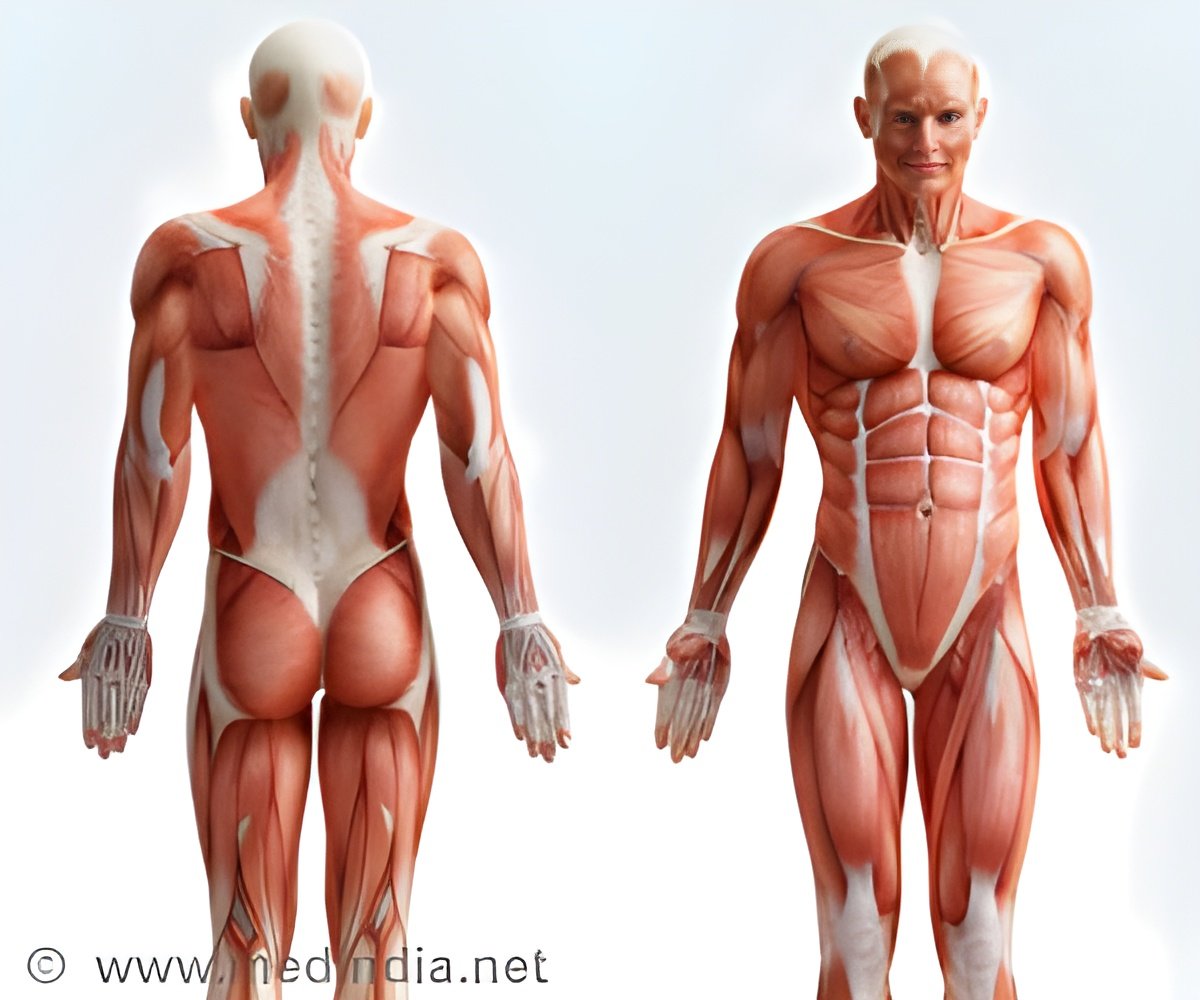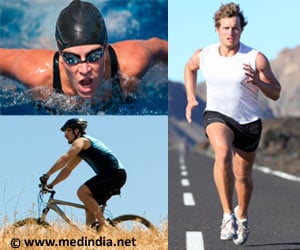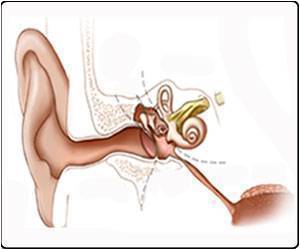A light-based tool helps in monitoring and improving technique for swimmers and also for patients striving to heal injured muscles.

"There are limited methods available for real-time measurements of human performance underwater. This is especially true during dynamic exercise as occurs in sport," said JBO Associate Editor Marco Ferrari, a professor in the Department of Clinical Medicine, Public Health, Environment, and Life Sciences at the University of L'Aquila. "This paper is the first demonstration of the use of near-infrared spectroscopy to measure muscle oxygenation in athletes during swimming. It has implications not only as a new way to monitor sports performance, but also as a way of tracking and optimizing rehabilitation using water-based therapies such as cold-water immersion therapy."
Using spectroscopy, scientists can identify a material by deriving a unique chemical signature based on how the material interacts with light waves -- absorbing, reflecting, refracting, or otherwise altering various colors, or wavelengths, of light.
Near-infrared spectroscopy uses light waves from the near-infrared region of the electromagnetic spectrum, and is widely used in sensors for food and chemical quality control, in medical diagnostics such as blood sugar or oxygen analysis, or in monitoring brain or nerve functions.
Near-infrared spectroscopy is increasingly used in athletics, noted lead researcher Professor Chris Cooper, Director of Research Impact and Head of Research at the Centre for Sport and Exercise Sciences in the School of Biological Sciences at the University of Essex.
Technological advancements in device hardware and software, including new wireless, telemetric, and wearable devices, have made near-infrared measurements possible within a variety of field-based sports.
Advertisement
The ability to monitor oxygen levels will provide swimmers with valuable feedback, and help ensure that working muscles have sufficient oxygen for sustained, strong performance and endurance.
Advertisement
Source-Eurekalert









